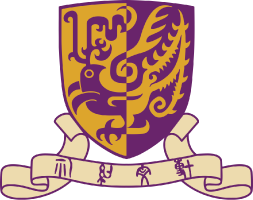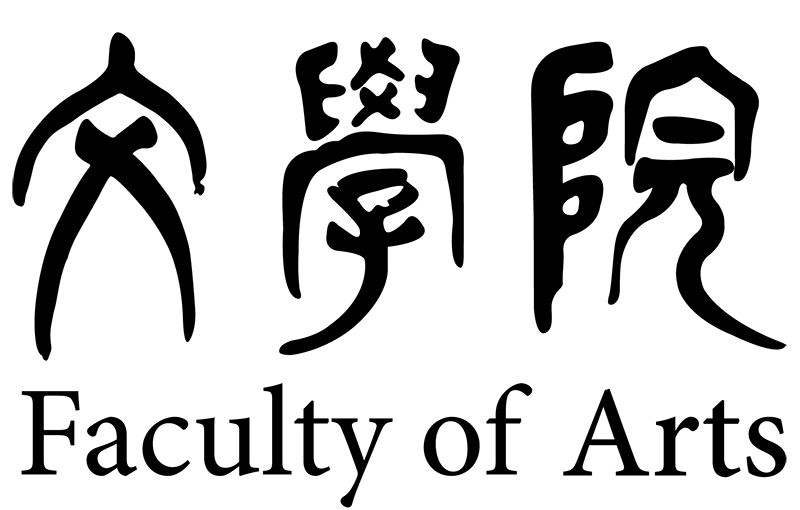Course Code
CHES5145
Course Name
Chinese Art in the World after 1900: Aesthetics and History
Time
Friday 15:30-18:15
Venue
ARC G02
Instructor
Dr. KWOK Yin Ning
Teaching Assistant
Mavis Siu
Course Description
This course looks at the history and aesthetics of various arts in China (painting, calligraphy, photography, sculpture, architecture, installation, performance art, video or digital art, etc.), their role in Chinese culture, and in shaping the characteristics of Chinese art in the global context. The following themes will be dealt with: the aesthetic evaluation of these arts and their unique artistic features;; the roles of the artist and the spectator in the context of globalization;; the transformation of Chinese art from a perspective of cross-cultural exchange;; the influence of Chinese art on the West;; the aesthetic valuation of expressiveness and descriptiveness in art;; and the cultural correlation between art and society. Historically, the course will cover the following areas: the artistic importance of the Lingnan School paintings in the late Qing dynasty (c.1850- 1911), the evolution of Western and traditional painting in China (1911-1949), the art development during the Cultural Revolution (1966-1976), the cross-cultural exchange between Chinese art and Western art (1976-1989), and the question of “Chineseness” under the conditions of globalization and digitization (1989-now). We will deal with these topics by examining major works of art and by analyzing primary texts as well as contemporary scholarly writings.
Course Outline
Unit 1 – The Global Context for Chinese Art: 20th-Century Western Art (12 Jan)
- Lazzari, Margaret and Dona Schlesier. Exploring Art: A Global, Thematic Approach, Belmont: Thomas/Wadsworth, c2005 (2nd edition). 26-41, and 81-88.
Unit 2 – (before 1900) Summary of Chinese Art History (19 Jan)
- Thorp, Robert L. and Richard Ellis Vinograd. Chinese Art and Culture, New York: Harry N. Abrams, c2001. 230-251, 261-268, and 301-303.
Unit 3 – (1900-1966) The New & the Old: Traditional & Foreign Influences (26 Jan)
- Andrews, Julia and Shen Kuiyi. The Art of Modern China, Berkeley, Los Angeles, London: University of California Press, 2012. 27-45.
Unit 4 – (1966-1989) The Modern and the Post-Modern (2 Feb)
- Barthes, Roland. Mythologies, selected and translated from the French by Annette Lavers, New York: The Noonday Press, 1990, c1957. 109-119 and 124-125.
- Evans, Harriet, “‘Comrade Sisters’: Gendered Bodies and Spaces.” In Picturing Power in the People’s Republic of China: Posters of the Cultural Revolution, edited by Harriet Evans and Stephanie Donald, 63-78. Lanham, Boulder, New York, and Oxford: Rowman & Littlefield Publishers, Inc., 1999.
- Galikowski, Maria. Art and Politics in China 1949-1984, Hong Kong: The Chinese University Press, c1998. 137-174. (especially pp. 164-169)
Chinese Spring Festival (NO class on 9 Feb 2024)
Unit 5 – (1989-now) Chinese Art and the Individual (16 Feb)
- Warr, Tracey. “Preface.” In The Artist’s Body, edited by Tracey Warr and survey by Amelia Jones, 10-15. London: Phaidon, 2000.
- O’Reilly, Sally. The Body in Contemporary Art, New York: Thames & Hudson, 2009. 149-187.
Unit 6 – (1989-now) Chinese Art and the Global Cities (23 Feb)
- McQuire, Scott. Visions of Modernity: Representation, Memory, Time and Space in the Age of the Cinema, London: Sage Publications, 1998. 183-190.
- Cresswell, Tim. Place: An Introduction, Chichester: John Wiley & Sons Ltd, 2015 (2nd edition). 1-14.
- Simmel, Georg, “The Metropolis and Mental Life.” In Urban Culture: Critical Concepts in Literary and Cultural Studies, edited by Chris Jenks, Vol. 1, 349-361. London and New York: Routledge, 2004.
Unit 7 – (after 1900) Chinese Art in the World (1 Mar)
- Longley, Kateryna Olijnyk. “Fabricating Otherness: Demidenko and Exoticism.” In “New” Exoticisms: Changing Patterns in the Construction of Otherness, edited by Isabel Santaolalla, 21-40. Amsterdam: Rodopi B. V., 2000.
- Santaolalla, Isabel, “‘Introduction: What is ‘New’ in ‘New’ Exoticism?” In “New” Exoticisms: Changing Patterns in the Construction of Otherness, edited by Isabel Santaolalla, 9-20. Amsterdam: Rodopi B. V., 2000.
Reading Week (NO class on 8 Mar 2024)
Unit 8 – (after 1900) Hong Kong Art: The Colonial and the Post-Colonial (15 Mar)
- Clarke, David. Art and Place: Essays on Art from a Hong Kong Perspective, Hong Kong: HKU Press, 1996. 65-84.
Unit 9 – Field Trip: Art & Cultural Places (?? Mar, Saturday afternoon ??12:30-17:30??)
(to be confirmed in due course)
Details and notes will be provided in separate documents available in due course.
NO lecture (if the field trip is on) (to be confirmed in due course)
OR
Unit 9 – Exhibition Curatorial Writing (22 Mar)
***Submit the hardcopy or PDF file of your Exhibition Curatorial Leaflet on the same day of your Seminar Topic presentation.
Easter Holiday (NO class on 29 Mar 2024)
Unit 10 – Seminar Topic 1: Cross-Cultural Exchange in the Global Context (6 Apr)
- Clarke, David. Art and Place: Essays on Art from a Hong Kong Perspective, Hong Kong: HKU Press, 1996. 65-104.
- Elkins, James. Chinese Landscape Painting as Western Art History, Hong Kong: Hong Kong University Press, 2010. ix-xviii;; 24, 45, 57, 62, 110, and 145.
Unit 11 – Seminar Topic 3: Post-Modernism and Globalism (13 Apr)
- AlSayyad, Nezar. Cinematic Urbanism: A History of the Modern from Reel to Real, New York and London: Routledge, 2006. 123-145. (especially, pp. 123-127)
- McQuire, Scott. Visions of Modernity: Representation, Memory, Time and Space in the Age of the Cinema, London: Sage Publications, 1998. 183-190.
- Simmel, Georg. “The Metropolis and Mental Life.” In Urban Culture: Critical Concepts in Literary and Cultural Studies, edited by Chris Jenks, Vol. 1, 349-361. London and New York: Routledge, 2004.
Unit 12 – Seminar Topic 4: The City and the Body in Art (20 Apr)
- Cresswell, Tim. Place: An Introduction, Chichester: John Wiley & Sons Ltd, 2015 (2nd edition). 1-14.
- Urry, John. “City Life and the Senses.” In A Companion to the City, edited by Gary Bridge and Sophie Watson, 388-397. Malden: Blackwell Publishers, 2000.
- Warr, Tracey. “Preface.” In The Artist’s Body, edited by Tracey Warr and survey by Amelia Jones, 10-15. London: Phaidon, 2000.
Final Paper Due (27 Apr)
Late papers will NOT be accepted. Details will be provided in a separate document available in due course.
Remarks: PDF versions of all readings and other related materials can be found on the CUHK eLearning System. Registered students may access the CHES5145 page by using their Student ID and OnePass password.
Assessment & Assignments
- (30%) In-class seminar presentation on one seminar topic (the seminar topics are scheduled and listed below)
- (10%) Exhibition curatorial leaflet (submit the hardcopy or PDF file of your Exhibition Curatorial Leaflet one day after your Seminar Topic presentation)
- (10%) Class participation and attendance
- (50%) Final paper (the due date for final paper is 1 week after the course ends as stated below)
Honesty in Academic Work
Attention is drawn to University policy and regulations on honesty in academic work, and to the disciplinary guidelines and procedures applicable to breaches of such policy and regulations. Details may be found at http://www.cuhk.edu.hk/policy/academichonesty/.With each assignment, students will be required to submit a signed declaration that they are aware of the policies, regulations and procedures.


